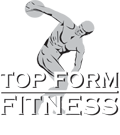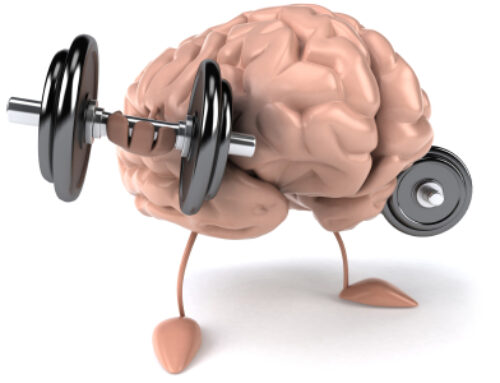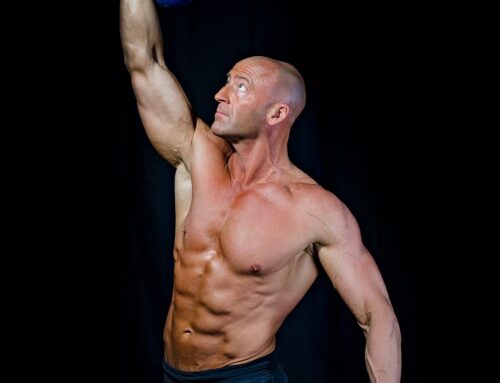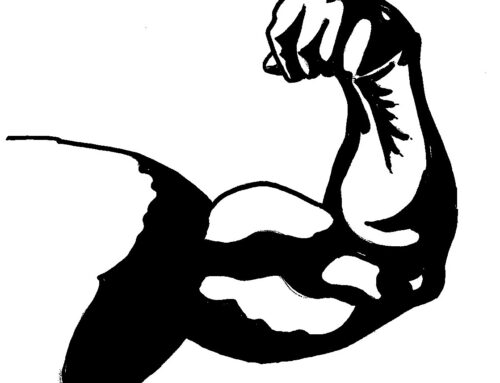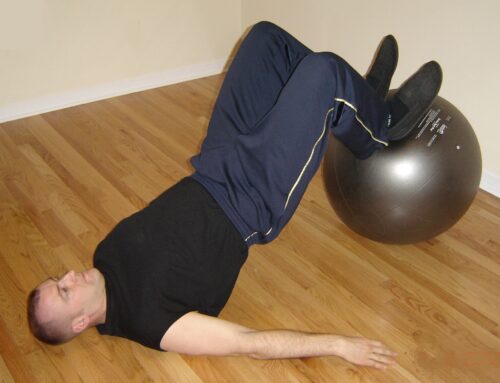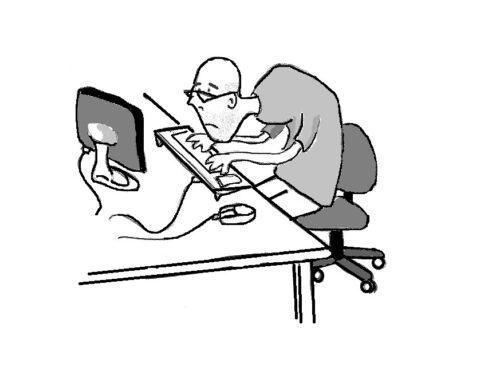We’ve all heard the expression ” No Pain No Gain.” Unfortunately I’ve seen far too many people have more pain than gain as a result of this philosophy. Part of the problem with an overly aggressive approach to getting in shape is that once you are injured you will have set yourself back significantly.
As an example, let’s look at the popular yet somewhat controversial group fitness cult craze called Crossfit. Those who argue in favor of Crossfit insist it is a fun, effective, and intense approach to fitness that delivers fast results. Many believe it is also a terrific way to train for overall “athleticism”.
=> CHECK OUT MY ARTICLE IN THE TORONTO SUN ON THIS TOPIC!
However, Crossfit has also gained a reputation for delivering more than it’s fair share of injuries as well. Part of the reason for this is the explosive nature of many of the exercises involved. Quite often, these fast movements are performed for very high repetitions with minimal rest between them. This can be a recipe for disaster. As one fatigues, exercise form tends to get sloppier, and when moving weights quickly in a fatigued state the risk of injury is much higher. Also, in my opinion many Crossfit athletes adopt a “don’t quit” attitude, which can lead them to push to the point of flirting with injury. This is when speed can kill.
Many of these power movements are very technical and it can take a long time with proper coaching to perfect one’s technique. Unfortunately in a group setting, even with a decent instructor it can be very difficult to monitor each individual participant. People at many different skill and ability levels are all performing the same “Workout of the Day” (referred to as WOD), with minimal if any modification of the program design to suit an individual’s specific goals and needs. I strongly believe that a training and nutrition plan should be personalized to each individual, based on an assessment. Exercise progressions should be introduced only when the client is ready, and high-risk exercises should be avoided if safe, effective alternatives are available. Although I do have respect for the incredible physical feats that many elite level Crossfit athletes perform, I believe it should be recognized as more of a “sport” than a fitness activity. If your goal is to have fun or improve performance in a given sport, than you may choose to accept the risk of injury that accompanies it. But if your goal is to get in shape or improve your body composition and fitness, I believe there are far safer methods of doing this.
Although I do have respect for the incredible physical feats that many elite level Crossfit athletes perform, I believe it should be recognized as more of a “sport” than a fitness activity. If your goal is to have fun or improve performance in a given sport, than you may choose to accept the risk of injury that accompanies it. But if your goal is to get in shape or improve your body composition and fitness, I believe there are far safer methods of doing this.
Participate in a well designed progressive resistance training program using a moderate repetition speed and strict form. Focus on engaging the muscles through a controlled full range of motion. Include high intensity interval training “cardio” in your routine if your goal is fat loss. Pay attention to your nutrition, specifically monitoring your macronutrients (protein, fat, carbs) and total calories. This is easy with a free app like www.MyFitnessPal.com. Whatever you do, challenge yourself but take the time to progress properly.
I leave you with Dom’s point of view on this topic, from BroScience Life (Warning: If you are sensitive to “offensive” humor, Do Not Watch):
